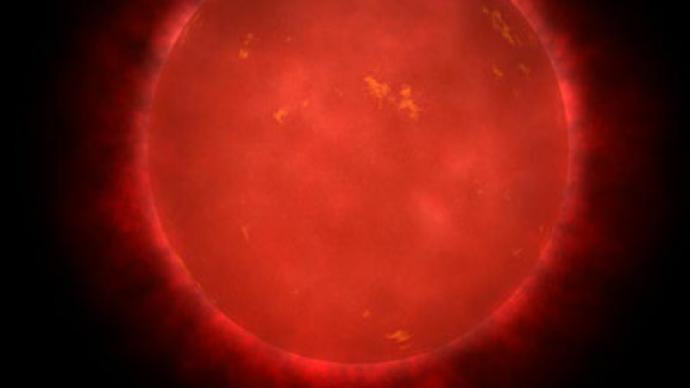Our entire Milky Way galaxy is set to crash into the neighboring Andromeda. The collision would create an entirely new hybrid galaxy and dramatically change the view of the night sky from Earth.
The astronomers and researchers are now sure the galaxy that contains the Earth is ceased to exist. Years of observations from the Hubble Space Telescope indicate the Andromeda galaxy is coming towards us at a speed of about 400,000 kilometers per hour (250,000 miles per hour) and a head-on hit is imminent. Four billion years from now. It will be complete by about six billion years from now."The Andromeda galaxy is heading straight in our direction," Roeland van der Marel, an astronomer with the Space Telescope Science Institute in Baltimore, which operates Hubble, told the media. "The galaxies will collide, and they will merge together to form one new galaxy."The new galaxy will likely be of an elliptical shape rather than the barred spiral Milky Way. And will completely change our night sky, with Andromeda suddenly dominating. Scientists assure that the sun and Earth are unlikely to be hit by stars or planets from Andromeda because of the vast emptiness of the two galaxies. So Earth, they say, should easily survive what will be a 1.9 million kilometer per hour (1.2 million mile per hour) galactic merger. Even at that speed, the event would take about 2 billion years."It's like a bad car crash in galaxy-land," van der Marel describes it.Both the Milky Way and Andromeda are about the same size and same age — 10 billion years old. At times they have been considered virtual twins, so it is hard to tell which of the galaxies will get the worst of the collision, van der Marel said. When the collision is in full swing in 4 billion years, he said the sun will still have another 2 billion years before its expected death. However, by that time it will have grown so large and so hot that Earth might no longer be habitable without super-engineering techniques, he said.



